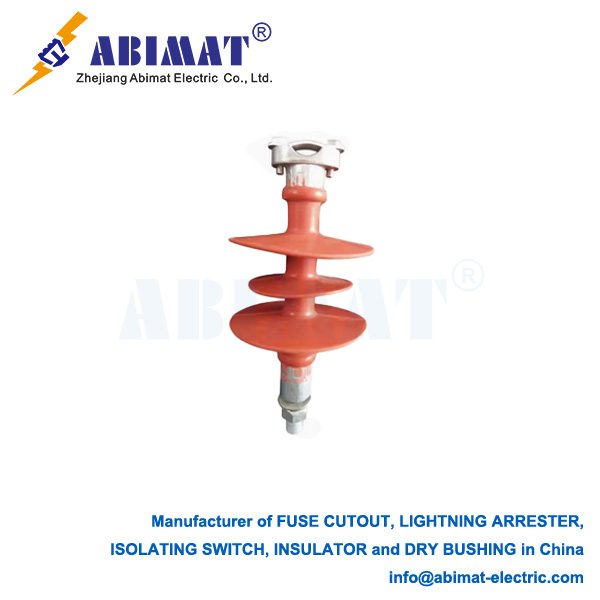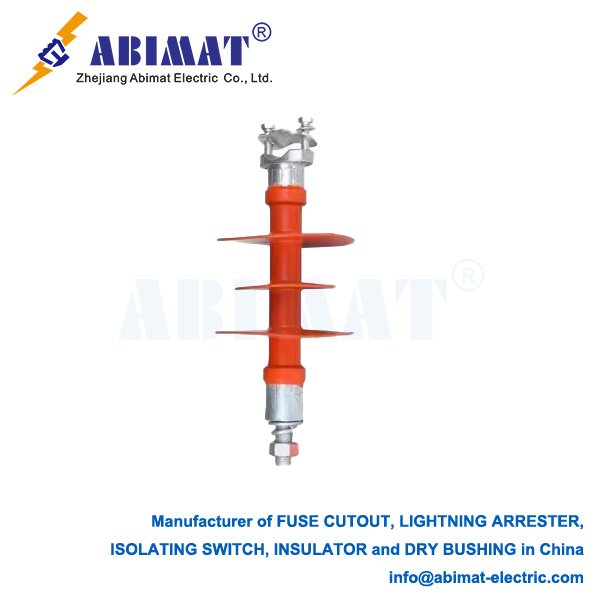33 kV Polymer Pin Insulator: A Technical Overview
ⅠIntroduction
A Medium Voltage Disconnect (MVD) switch is a very important mechanical switching device. It’s made to safely isolate circuits in electrical power systems—usually for voltages between 1kV and 38kV. Its main job is to give a reliable, easy-to-see way to make sure a circuit is isolated. People need this for fixing, maintaining, or changing how the system works. This keeps workers safe and stops equipment from accidentally turning on.
MVD switches aren’t like circuit breakers. They aren’t made to stop faulty currents or heavy load currents. You use them only when another protective device—like a circuit breaker upstream—has already turned off the circuit’s power. One key thing about how MVD switches are built: there’s a clear air gap between their contacts when they’re open. This gap gives a physical, sure way to know the circuit is isolated. Lockout/tagout steps depend on this important safety feature.
Ⅱ What It’s Made Of and Key Parts

Ⅲ Why It’s Better Than Porcelain
Ⅳ Key Technical Specs
Ⅴ Standards and Testing
Ⅵ Conclusion
The abimat 33 kV polymer pin insulator is a very reliable and useful option for modern medium-voltage overhead power distribution networks. It has advantages like being light, working well against pollution, and proving to be reliable over time. That’s why power companies around the world prefer it—it helps make the power grid stronger.


